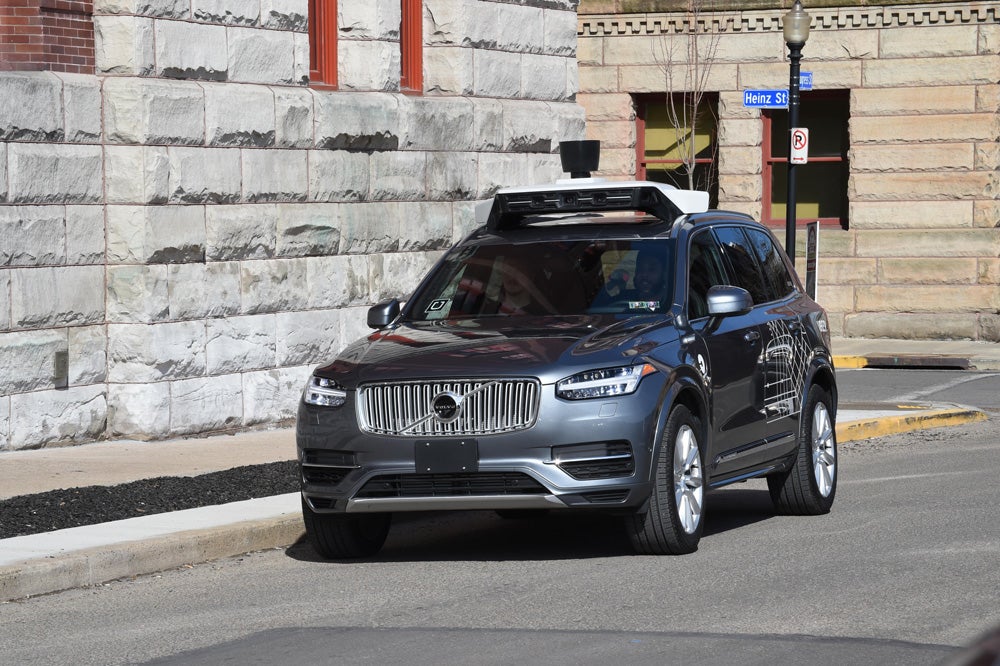A self-driving Uber hit and killed a pedestrian in Arizona
It's the first fatal incident of its kind.


Self-driving Uber
Update 3/26/18: In a statement given today, Arizona governor Doug Ducey suspended Uber’s ability to test self-driving cars in the state.
Last night, a self-driving cab from an Uber test fleet struck and killed a pedestrian in Tempe, Arizona. The victim, Elaine Herzberg, survived the initial accident but later died at a nearby hospital from the resulting injuries. The exact circumstances of the crash are still unclear.
Here’s what we know: According to the Tempe Police Department, the car was in self-driving mode around 10 p.m. Sunday night. There was a human safety driver in the car as a contingency, but it’s unclear at this point if they tried to intervene before the accident.
It’s not a legal requirement for the car to contain a human at all in Arizona. The state has rather relaxed regulations, which make it an appealing location for self-driving car companies like Uber to run pilot programs there. In April, California is slated to allow self-driving tests without a human in the vehicle, but we don’t know if this accident might affect that timeline.
While this accident is the first of its kind, it joins a growing list of very public failures for self-driving systems. In 2016, a man died when his Tesla, then in Autopilot mode, crashed into the side of a truck; a subsequent investigation determined the driver was responsible for the accident. Last year, one of the taxis in Uber’s self-driving test fleet tipped onto its side when another driver failed to yield. A Chevy self-driving car also collided with and injured a motorcyclist in San Francisco. That incident resulted in a complex lawsuit regarding blame.
For now, Uber has suspended its self-driving taxi program in Tempe—as well as similar programs in Phoenix, Pittsburgh, San Francisco, and Toronto—until it can get more information about the incident.
The National Highway Traffic Safety Administration has announced its intent to investigate the situation. The agency already has a stake in roadside safety in the state. Last year, it provided Arizona with a $793,250 grant, primarily to provide safety education and awareness programs in the Tucson and Phoenix areas, which have a disproportionately high number of cyclist and pedestrian deaths. Arizona had the highest rate of bystander fatalities last year: 26 percent of all traffic fatalities in the state in 2017 were pedestrians and cyclists.
Popular Science has reached out to Google and Lyft to see if this crash will have any effect on their respective self-driving taxi tests, and we’ll update this story with their comments when and if they’re available.
